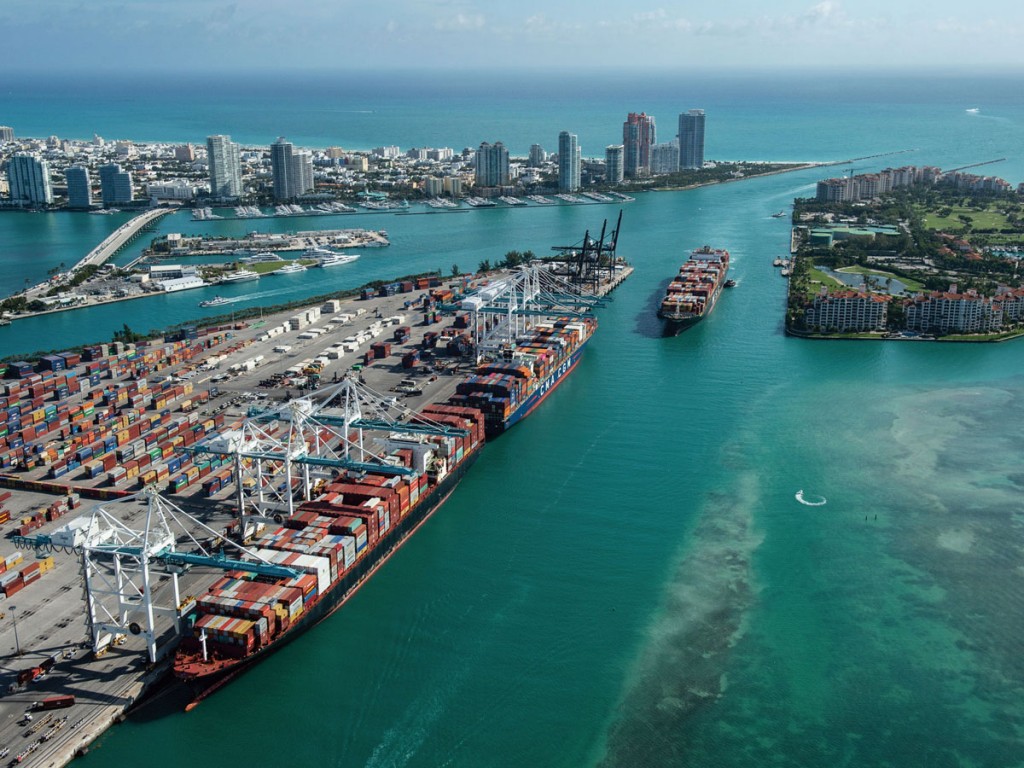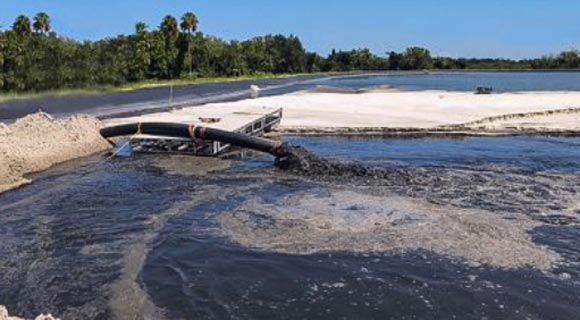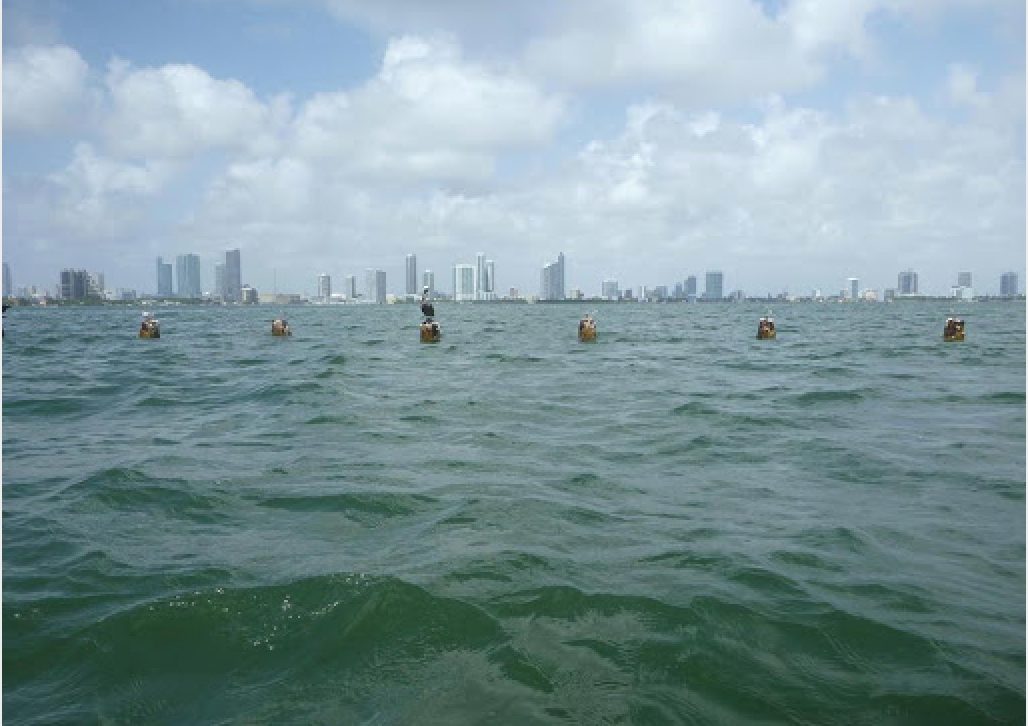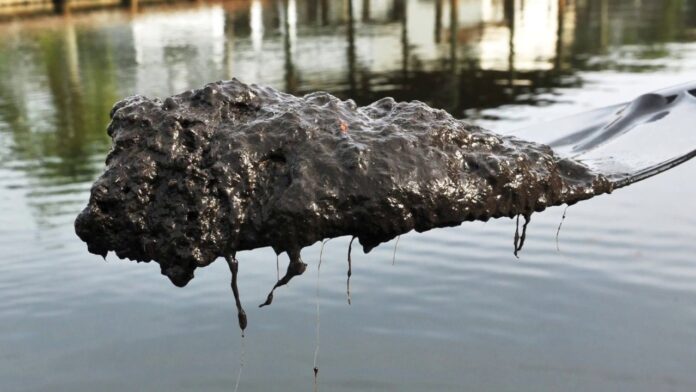The most pressing issue and obvious oversight of the $2 billion dollar taxpayer funded Port of Miami Tunnel and Dredge projects has been the question of where to put the muck that is pulled from the sea floor.
Without much forethought or consideration, South Florida politicians and power brokers have decided to dump the muck onto Virginia Key without any input from local residents. The subcontractors working on the Port of Miami tunnel project were caught dumping waste-fill into sensitive wetlands on Virginia Key, instead of the disposal area that had been designated across from the sewage treatment facility nearby.
Key Biscayne residents and Miami activists have cried foul after realizing that protected birds and wildlife were being driven off their sanctuary and even killed through the illegal dumping of dredge waste into protected environments around the islands of Key Biscayne.

“They have destroyed the entire ecosystem of the area,” complained Anita Woods, a concerned Key Biscayne resident. “They have forced all the birds to fly away and they have destroyed and killed over 50 mangrove trees, among other wetland creatures and plants.”
In an effort to find a quick solution, Miami-Dade County and city leaders had thought to fill-in the massive mega yacht berthing facility at Bicentennial Park with the discarded soil and fill. That idea was quickly squashed after realizing how much taxpayer money was recently spent on fixing the slip to accommodate the mega-vessels.

Could there have been a better plan?
Many local Miamians have suggested that the dredged muck and waste should have been placed within Biscayne Bay and made into an artificial island in an area that has already had pilings embedded into the sea floor by the Shoreland Company in the 1920’s in anticipation of an eventual island.
The swath of shallow waters just south of the 195 Julian Tuttle causeway was originally cleared as a plot for an island to be named Isola di Lolando that never came to fruition. Miami was devastated by the hurricane of 1926 which caused the Shoreland Company to go out of business and which left the submerged land abandoned and forgotten about for years. An additional 9 islands were also planned but not completed. They would have stretched from the Venetian Islands to Indian Creek. Support pilings can still be seen sticking out of the water as drivers pass by from the causeway. Star Island, Palm Island, Hibiscus Island, and the Venetian and Sunset Islands were already built prior to the economic downturn of the 1920’s and should be seen as evidence of the value of newly created waterfront land.
In the 1970’s, the City of Miami Beach proposed to finish building the islands and use the newly created land for hotels, homes, an amusement park or other commercial venture that would produce revenues for the city. The site could have been a valuable casino location for one of the major gaming operators.
As usual, political leaders and businessmen look for the path of least resistance, instead of thinking outside the box for a better solution. Miami politicians must have their heads stuck in the muck.

